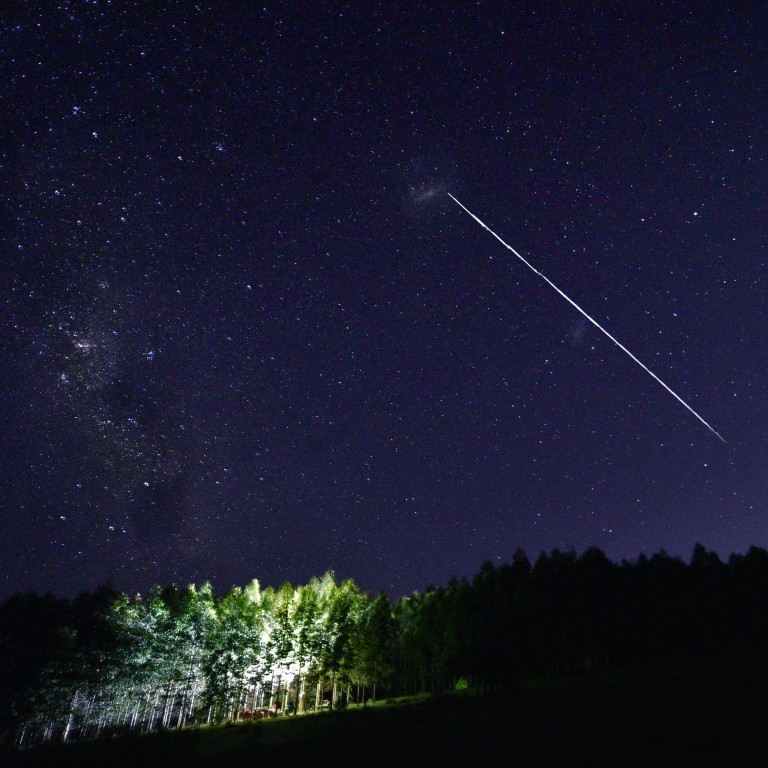
China asks US to stop Elon Musk’s satellites approaching its space station
- SpaceX’s Starlink satellites have twice approached the Tiangong in orbit, prompting avoidance manoeuvres
- Chinese side has complained to UN, while SpaceX says its satellites are equipped to avoid collisions
“The United States should take immediate measures to prevent the recurrence of such incidents, and adopt a responsible attitude to safeguard the lives of astronauts in orbit and the safe and stable operation of space facilities,” foreign ministry spokesman Zhao Lijian said on Tuesday.
Elon Musk’s Space Exploration Technologies Corp (SpaceX) Starlink satellites twice approached the Tiangong in orbit, in July and October, forcing it into avoidance manoeuvres.
The Chinese delegation to the United Nations sent a diplomatic note to the UN secretary general this month to complain of the close encounters with SpaceX Starlink satellites, citing the Outer Space Treaty.
“Bear international responsibility for national activities in outer space … whether such activities are carried on by governmental agencies or by non-governmental entities,” China said in the note.
SpaceX operates the Starlink internet satellites and has sent more than 1,900 satellites into space since 2019.
The Starlink network is planned to have more than 42,000 satellites in orbit when complete, which from the start has raised concerns about overcrowding of space, safety threats to other spacecraft and a negative impact on astronomical observations.
“It is a typical double standard for the United States to claim the so-called concept of responsible conduct in outer space,” Zhao said, adding that the US was ignoring its obligations under international treaties on outer space and posing a threat to astronauts’ lives.
In March, SpaceX signed an agreement with US space agency Nasa, promising to steer Starlink satellites out of the way if they got too close to the International Space Station (ISS) or other Nasa spacecraft. It also agreed to launch its satellites into initial orbits that did not come within 3 miles (5km) of either.
China is sending 3 astronauts into orbit. Who and what is now in space?
SpaceX has said that Starlink satellites are equipped with autonomous orbit changing features to avoid collisions, and that other spacecraft do not need to manoeuvre in the event of an encounter.
More than 27,000 pieces of orbital debris, or space junk, are tracked by US sensors, and most artificial debris is orbiting the Earth, according to Nasa.
The agency has said that, with both the debris and spacecraft travelling at extremely high speeds, the impact from even a tiny piece of debris on a spacecraft “could create big problems”.


